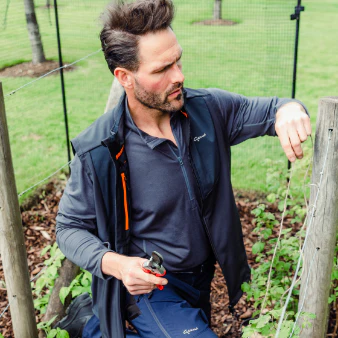Gardening explained - etiolation

Anyone who frequents social media will have seen examples of etiolation, especially in the first few months of the year. Ever keen to get started, new gardeners will often sow their seeds far too early. Without enough light and often grown on windowsills in centrally heated homes the emerging seedlings become stretched and pale before falling over, unable to support their own weight.
This is etiolation and it’s a survival strategy that enables flowering plants to grow in partial or complete darkness. This process produces the distinctive characteristics - elongated weak stems, smaller leaves with longer internodes, and a pale yellow appearance due to lack of chlorophyll. This all maximises the plant's chances of reaching sunlight. The elongated stems help seedlings push through soil, leaf litter, or shade from competing vegetation, with the growing tips actively seeking light. Plant hormones called auxins control this process. Produced at the growing tips, auxins allow the plant cells to expand and the stem to elongate. When light finally reaches the plant, ‘de-etiolation’ or ‘greening’ begins, stem elongation stops, and the plant becomes able to photosynthesise.
Etiolated seedlings can often be saved by increasing available light levels and by placing them in cooler conditions to slow down growth. Whilst an undesirable condition for seedlings to be in, etiolation is often used in a positive way to improve the taste, flavour, or texture of an edible plant. Deliberately causing plants to etiolate is commonly called ‘blanching’ and is usually carried out by wrapping, earthing up, or covering the vegetable or fruit involved. Celery, chicory, rhubarb, leeks, sea kale, asparagus, and endive are plants most commonly blanched to provide tender delicately flavoured gourmet ingredients.











